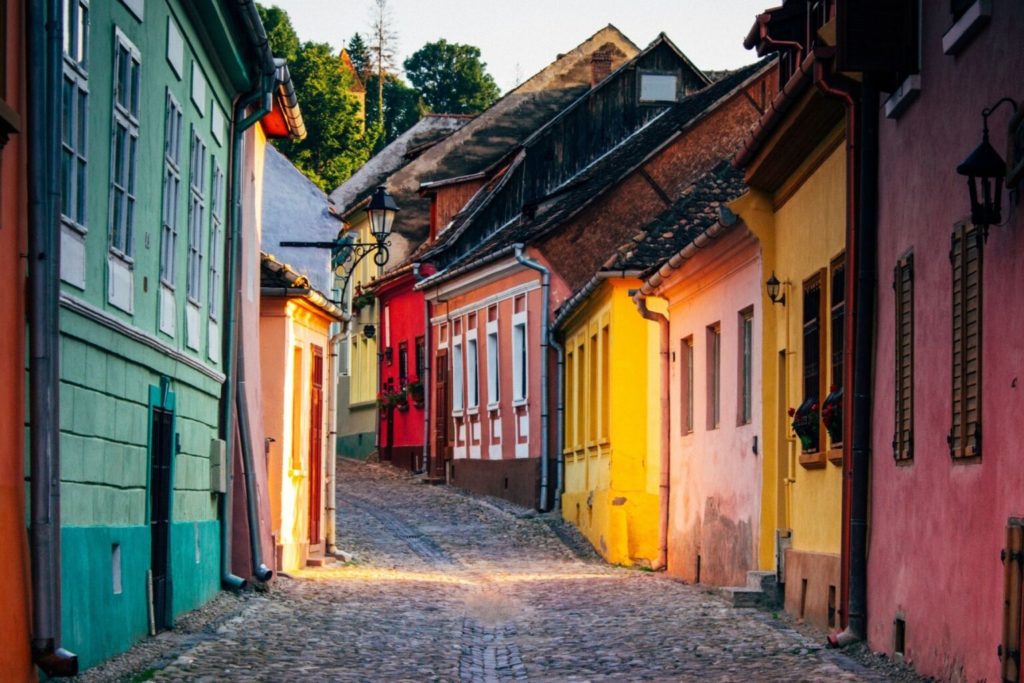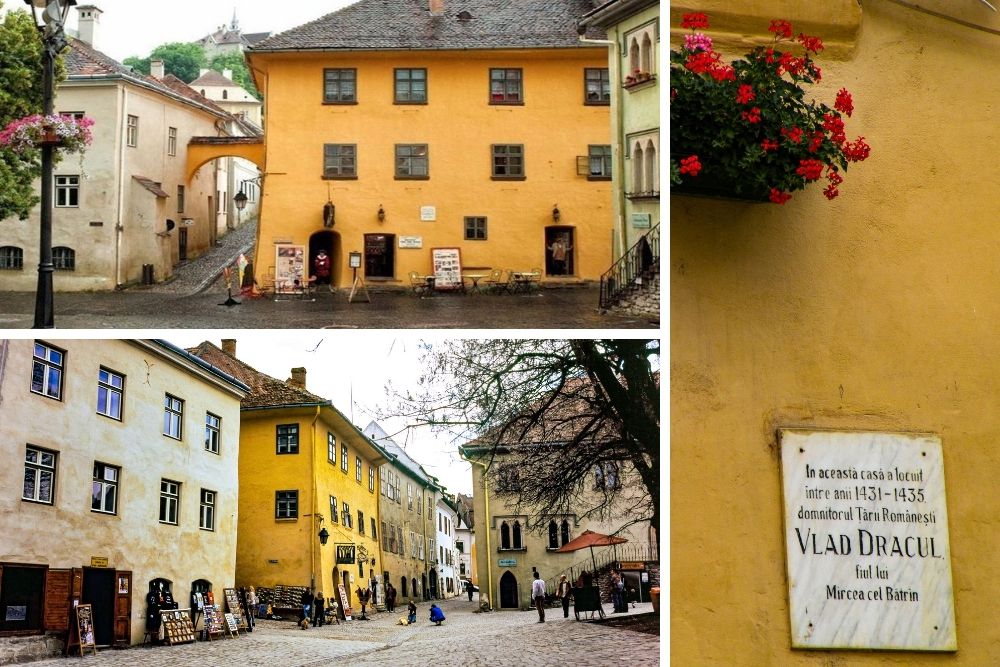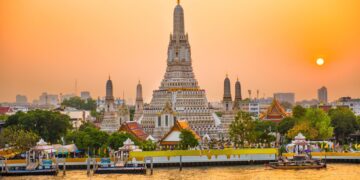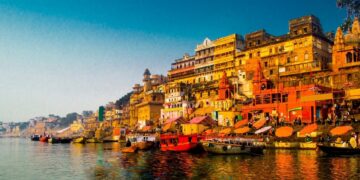Sighisoara is Romania’s best-preserved medieval town, a genuine Transylvanian tourist pearl, transformed in recent decades into a major attraction for Romanian and foreign tourists on holiday or traveling in the center of the country.
The city located in Mures county has a population of about 30,000 inhabitants and magnetizes its visitors with its historical center, included in the UNESCO World Heritage Site. Sighisoara was founded by German settlers (craftsmen and merchants) who arrived in Transylvania at the initiative of the Hungarian king Géza II. These were later known as the “Transylvanian Saxons.” The first documentary mention of the village comes from 1280, under the name Castrum Sex, which speaks about a settlement founded on the ruins of a former Roman castrum.

First fortified in 1350, Sighisoara has had a tumultuous history, including the birth of Vlad the Impaler (in 1431) and numerous attacks by various nations and groups, by plague epidemics or fires. More or less, all these interesting histories are found today in buildings and monuments in the old center of the village. For first-time travelers, here are 10 places to visit in Sighisoara, a mini-guide regarding what to do and what to see in the medieval jewel of Romania.
10 places to see in Sighisoara, Romania

Speaking of walks on the streets of Sighisoara, it is quite possible to come across a house on whose yellow wall is a plaque regarding Vlad Dracul, “the son of Mircea cel Batran”. It operates a restaurant with a terrace and a bar, but the building itself has a special significance because it is assumed that here was born (in 1431) and lived until the age of four, Vlad the Impaler himself.
The assumption is that ruler Vlad Dracul, who was Vlad the Impaler’s father, even lived here. Two letters he sent to Brasov have specific requests related to Sighisoara, so this could be the proof. Regarding Vlad the Impaler, things are not as safe as for his father – there is no evidence of his birth in this house. But, as we must learn from Americans to build plausible legends around tourist attractions, the House of Vlad Dracul remains a place where you can stop drinking a beer in memory of Dracula. Or, at least, his father’s.



































